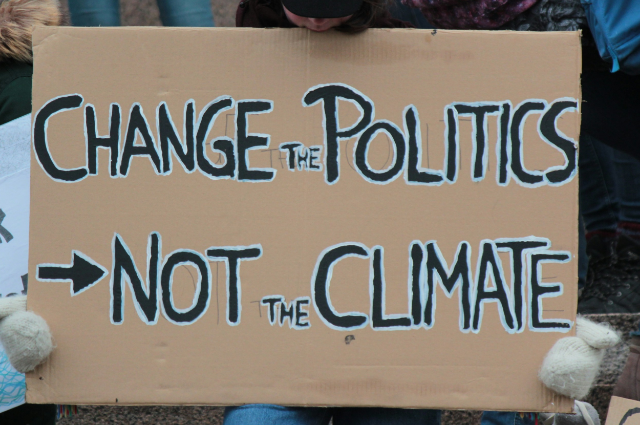
"Women in politics not only serve as role models but bring their own experiences and perspectives to the table, contributing to the making of stronger and more inclusive policies." - Pratibha Patil, Former President of India.
In contemplating the nature of governance and the role of its participants, it is imperative to consider the representation of all citizens within the political sphere.
Historically, the participation of women in politics has been limited, reflecting broader societal structures that have relegated women to roles deemed secondary to those of men. This phenomenon, observed globally, has profound implications for the equitable administration of justice and the inclusive formulation of public policy.
In recent times, there has been a concerted effort to rectify these historical imbalances. Across the world, nations are increasingly recognizing the importance of integrating women into political systems, not merely as a matter of justice, but as a means to enrich and diversify the governance process. The inclusion of women in politics is not simply an act of redress; it is a fundamental enhancement of the democratic process, ensuring that the perspectives and needs of all constituents are adequately represented.
Turning our gaze to India, a nation rich in cultural diversity and democratic tradition, the issue of women's representation in politics takes on particular significance. Despite the strides made since independence, women remain underrepresented in both national and state legislatures. This underrepresentation is a stark reminder of the persistent structural and societal barriers that hinder the full participation of women in public life.
The importance of addressing this issue in India cannot be overstated. A democracy that aspires to be both fair and functional must strive to reflect the diversity of its populace within its governing bodies. The inclusion of women in politics is essential for the realization of true democratic ideals. It ensures that the legislative process is informed by a multiplicity of perspectives, leading to more comprehensive and empathetic policymaking.
Moreover, it empowers half of the population to contribute to the nation's progress, fostering a more inclusive and just society.
PROMINENT WOMEN LEADERS IN INDIAN POLITICS: THE HISTORICAL BACKGROUND
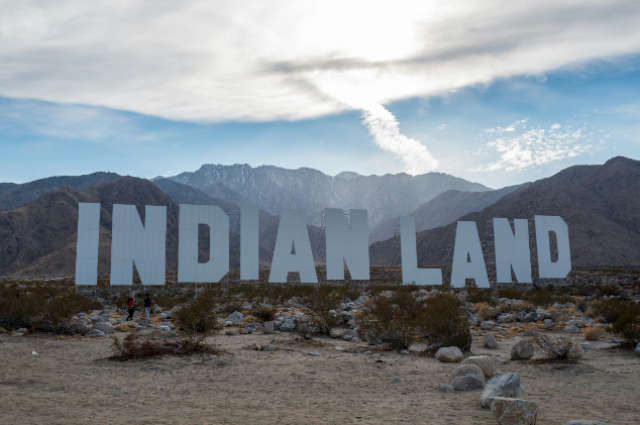
Photo by Kristen Colada Adams on Unsplash
1. Pre-Independence Era:
- Sarojini Naidu, often referred to as the "Nightingale of India." Naidu's eloquence and poetry were matched by her fervent activism. She was a key figure in the Indian National Congress, participating in the Civil Disobedience Movement and the Quit India Movement. Her leadership and oratory inspired countless individuals to join the cause of freedom, and her role as the first female president of the Indian National Congress underscored the significant impact of women in the movement.
- Aruna Asaf Ali, whose courage and resilience became a symbol of resistance. Known as the "Grand Old Lady of the Independence Movement," Aruna Asaf Ali played a pivotal role during the Quit India Movement in 1942. She is famously remembered for hoisting the Indian National Congress flag at the Gowalia Tank Maidan in Bombay, a bold act that galvanized the freedom fighters and signaled an unyielding defiance against colonial rule. Her contributions extended beyond independence, as she continued to fight for social justice and workers' rights, embodying the relentless spirit of the freedom struggle.
2. Post-Independence Achievements:
The ascent of Indira Gandhi to the position of Prime Minister marked a significant milestone in the post-independence era. As the first woman to hold this office, Gandhi's tenure was marked by transformative policies and decisive leadership. Her premiership saw the implementation of the Green Revolution, which vastly improved agricultural productivity and food security in India, a country that had been plagued by famine and food shortages.
Indira Gandhi's leadership during the Indo-Pakistan War of 1971, which led to the creation of Bangladesh, demonstrated her strategic acumen and determination. Her centralization of power and the controversial imposition of the Emergency from 1975 to 1977 remain subjects of intense debate, reflecting the complexities of her legacy. Nonetheless, her tenure significantly altered the political landscape of India and established a precedent for women's leadership at the highest levels of government.
THE QUEST FOR GENDER PARITY: CURRENT STATUS
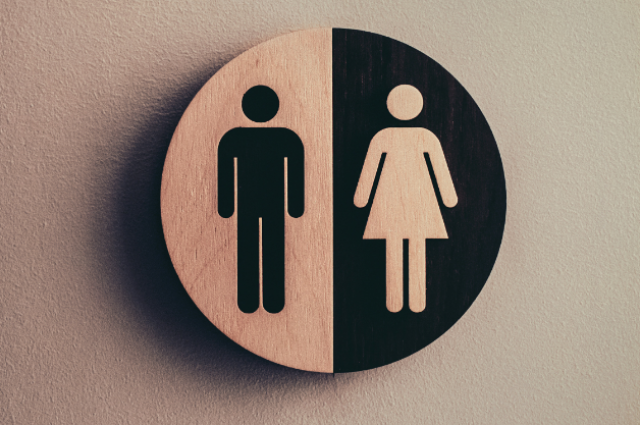
Photo by Tim Mossholder on Unsplash
Women's political representation within the Indian Parliament and state assemblies, a statistical inquiry offers illumination into both the existing reality and its comparative standing globally.
- Presently, the Lok Sabha, the lower house of India's Parliament, comprises a total of 542 Members. Within this cohort, the inclusion of female Members stands at 78, constituting approximately 14.39% of the total membership (Lok Sabha, 2024). This figure, while demonstrating a notable presence, signals a discernible gap when viewed through the lens of gender parity.
- Concurrently, the Rajya Sabha, the upper house, accommodates 224 Members. Here, female representation amounts to 24 Members, reflecting a proportion of approximately 10.71% of the total (Rajya Sabha, 2024). This statistical snapshot underscores a comparable pattern of underrepresentation.
A comparative analysis against global averages and practices within democracies worldwide provides context for interpreting these figures. Globally, strides towards gender equality in political representation vary significantly across nations.
- Nordic countries, for instance, often lead in this realm with substantial female representation in parliament exceeding 40% (Inter-Parliamentary Union, 2024).
- Contrastingly, regions such as the Middle East and North Africa typically report lower proportions, echoing challenges similar to those encountered in India.
Within the broader democratic framework, India's efforts towards gender parity in political representation remain a work in progress. While the nation has witnessed remarkable milestones, including the election of prominent female leaders to the highest political offices, the numerical disparity in parliamentary membership underscores persistent obstacles.
These barriers encompass socio-cultural norms, institutional biases within political parties, and structural challenges in electoral processes.
BARRIERS TO WOMEN'S POLITICAL REPRESENTATION: IN INDIA
1. Social and Cultural Factors:
- Traditional gender roles and societal norms in India have long dictated women's roles primarily within the domestic sphere, which historically restrained their involvement in public affairs, including politics.
- Cultural expectations often prioritize familial responsibilities over career pursuits, contributing to a societal perception that women's primary role is caretaking rather than leadership in governance.
2. Economic Constraints:
- Financial dependence on male family members or spouses can significantly deter women from pursuing political careers, as they may lack the financial autonomy to fund electoral campaigns or sustain themselves during periods of political activism.
- Economic barriers also extend to the unequal access to resources such as education and training, which are essential for developing the skills and networks required for political leadership.
3. Political Obstacles:
- Within political parties, women frequently encounter systemic challenges that impede their progress. These include entrenched patriarchal structures that prioritize male leadership and often relegate women to secondary roles or token positions.
- Lack of adequate support mechanisms, networking opportunities, and mentorship for aspiring female politicians further exacerbate these challenges, hindering their ability to navigate the complexities of political campaigning and leadership.
LEGAL AND POLICY FRAMEWORK
1. Constitutional Provisions:
India's Constitution provides a robust framework for gender equality through several key provisions.
- Article 14: Ensures equality before the law and equal protection of the laws.
- Article 15(3): Allows the State to make special provisions for women and children.
- Article 16: Prohibits discrimination on grounds of sex in public employment.
These constitutional guarantees lay the foundation for legislative and policy measures aimed at promoting gender parity in various spheres, including politics.
2. Reservations and Quotas:
A. Local Bodies (Panchayati Raj Institutions):
The 73rd Constitutional Amendment Act of 1992 mandated a reservation of seats for women in rural and urban local bodies.
- Impact: Increased women's participation at grassroots levels, empowering them to take active roles in local governance.
- Controversies: Initial resistance from entrenched male-dominated political structures, but gradually accepted as beneficial for inclusive governance.
- Background: The Women's Reservation Bill proposes to reserve one-third of seats for women in the Lok Sabha and state legislative assemblies.
- Purpose: Aims to address the underrepresentation of women in higher echelons of political power.
- Controversies: Faces opposition citing concerns over potential tokenism, challenges in implementation, and debates on whether reservations alone can ensure substantive representation.
IMPACT OF WOMEN'S POLITICAL PARTICIPATION
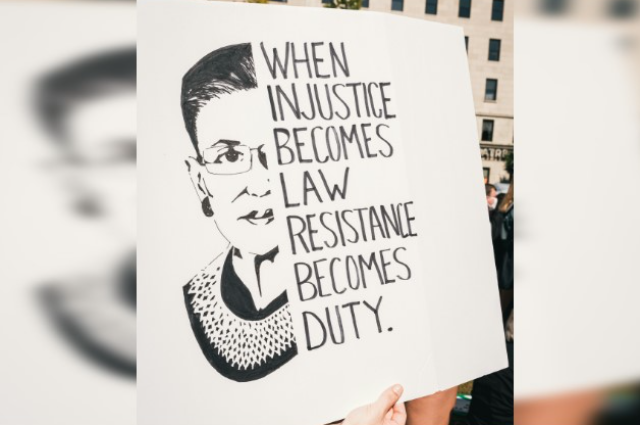
Photo by Gayatri Malhotra on Unsplash
Policy Changes Due to Increased Women's Participation:
- Women's enhanced involvement in political decision-making has facilitated nuanced policy developments, particularly in crucial sectors like healthcare, education, and women's rights.
- Policies addressing maternal health have been bolstered, reflecting a deeper understanding of women's healthcare needs through the lens of legislative measures crafted by women lawmakers.
- Educational policies have witnessed a shift towards fostering gender parity, aiming to dismantle barriers that hinder girls' access to quality education.
Legislative Impact on Healthcare:
- Legislation enacted by women leaders has prioritized healthcare reforms that address specific women-centric issues, such as reproductive health and access to prenatal care.
- Increased funding and resources have been allocated to programs promoting women's health, emphasizing preventive care and comprehensive healthcare services tailored to women's needs.
Educational Reforms:
- Women's political participation has spurred educational reforms aimed at empowering girls and women through increased access to schooling and vocational training.
- Policies promoting gender-sensitive curricula and equitable educational opportunities have been championed, aiming to bridge the educational gap between genders and empower future generations.
Advancements in Women's Rights:
- Women in political leadership roles have championed legislation to strengthen legal protections for women, including measures against gender-based violence and discrimination in the workplace.
- Initiatives to enhance women's economic empowerment, such as equitable pay policies and support for women entrepreneurs, have gained momentum under the influence of women legislators.
Broader Social Impacts:
- The presence of women in political leadership roles has contributed to a more inclusive and representative democracy, reflecting diverse perspectives and priorities in policymaking.
- Enhanced visibility of women leaders has served as a catalyst for societal change, challenging traditional gender norms and inspiring greater civic engagement among women and girls.
CHALLENGES AND THE WAY FORWARD
In addressing the challenges hindering women's political participation, several strategic measures emerge as crucial pathways towards progress.
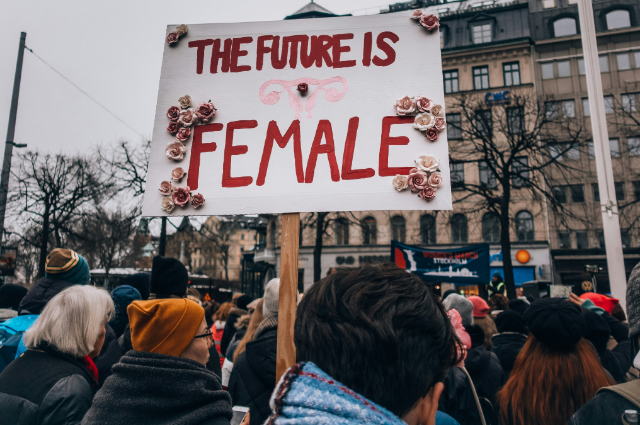
- Firstly, political party reforms are imperative. Parties must actively adopt policies that promote gender equality within their ranks, ensuring equitable opportunities for women to rise through the political hierarchy.
- Financial support mechanisms play an equally pivotal role. By providing funding specifically earmarked for women candidates, barriers related to campaign financing can be mitigated, enabling more women to contest elections on equal footing with their male counterparts.
- Capacity-building programs are essential in nurturing women's leadership skills and political acumen. Such programs should focus on training in governance, public speaking, and policy formulation, empowering women to effectively navigate the political landscape.
Promoting engagement among women in politics necessitates comprehensive educational initiatives, awareness campaigns, and mentorship programs. Educating young women about their rights and encouraging their active participation from an early age can foster a generation of politically empowered individuals.
- Legislative reforms, notably the passage and implementation of the Women's Reservation Bill, remain pivotal. This legislation seeks to allocate a specific percentage of seats for women in national and state legislatures, ensuring their proportional representation and influence in decision-making processes.
CALL FOR ACTION: THE CONCLUSION
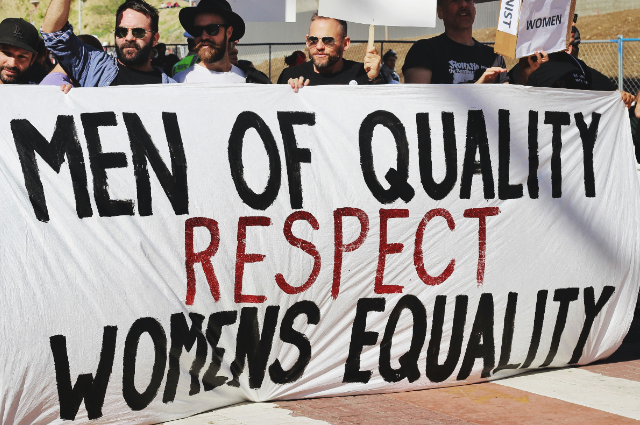
Photo by Samantha Sophia on Unsplash
In reflecting upon the discourse regarding women's representation in Indian politics, it becomes evident that while progress has been made, substantial challenges remain. We have examined the historical context, current status, and identified formidable barriers including cultural norms, economic constraints, and political obstacles.
To advance towards a more inclusive political landscape, concerted efforts are imperative. Society, political parties, and governmental institutions must collaborate effectively. Embracing constitutional provisions and enhancing legislative support are pivotal steps. Equally crucial is fostering a culture that values and supports women's political leadership.
Collective commitment is necessary to ensure equitable representation for women in Indian politics. Through collaborative initiatives and sustained advocacy, we can pave the way for a more representative and inclusive democracy.
Sushma Swaraj, former Minister of External Affairs of India:
"Inclusion of women in the political decision-making process is essential for achieving gender equality and social justice."
